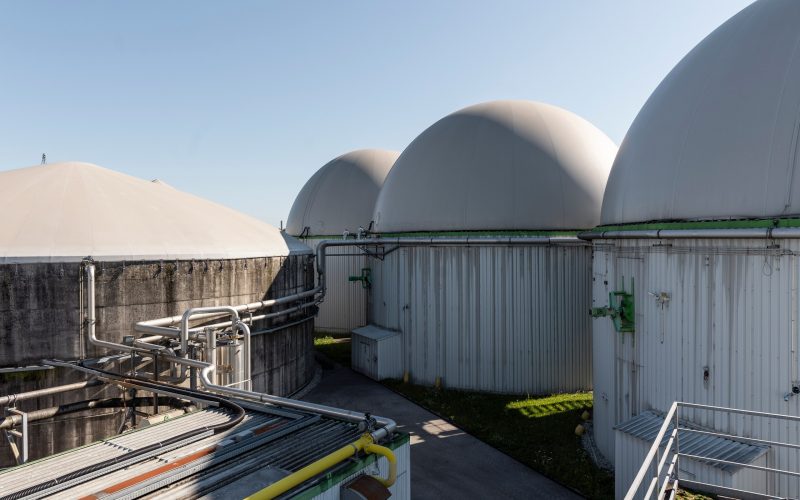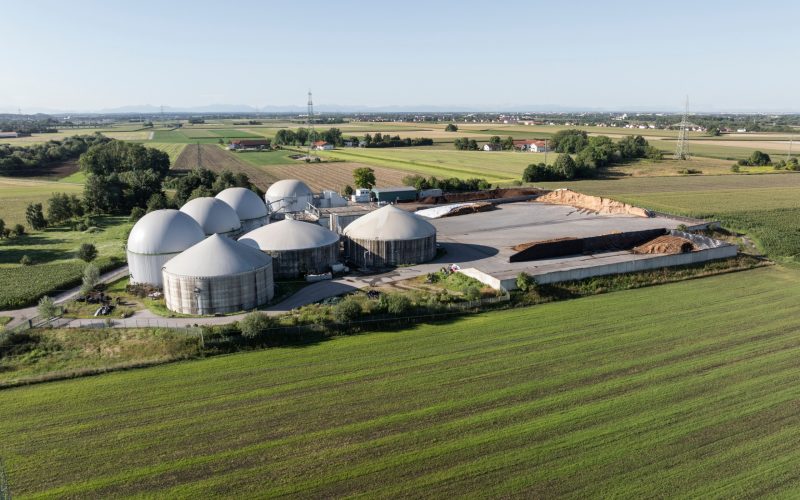Bioenergy – the experience of the United Kingdom
What is important to know?
- Bioenergy in the UK has begun to develop rapidly in recent decades;
- Now more than 80 biomass power plants with a total capacity of more than 4,000 MW operates;
- The majority of TPPs and CHPs are privately owned, have a capacity of up to 50 MW, and run on wood biomass, poultry litter, miscanthus, or straw.
Due to increasing environmental requirements for coal-fired power plants, some of them have been converted to co-firing of biomass with coal, and some are closed and completely converted only for biomass combustion (Drax, RWE, E.ON, DONG Energy, etc.).
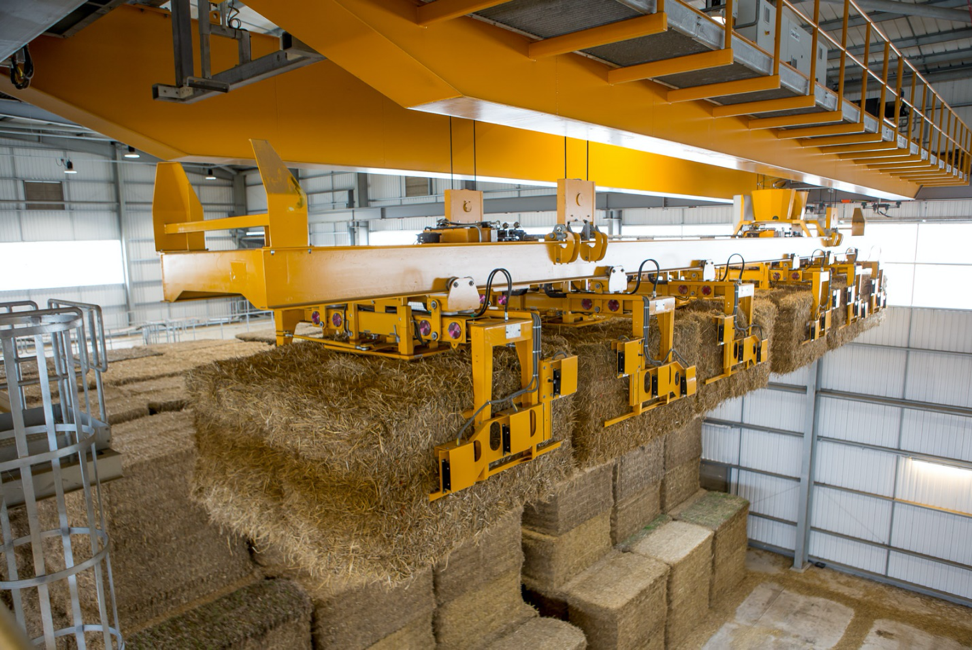

Main facilities experience
Melton Renewable Energy UK Limited
Melton Renewable Energy UK Limited is one of the leading independent producers of renewable energy in the United Kingdom. The total installed capacity of the facilities is 165 MW, of which 111 MW – five biomass power plants. In 2000, the company was the first in the UK to build the CHP Ely Power Station, which runs on cereal straw, rapeseed, and miscanthus. The installed electric capacity of the station is 38 MW, and the annual consumption of straw is 200 thousand tons.
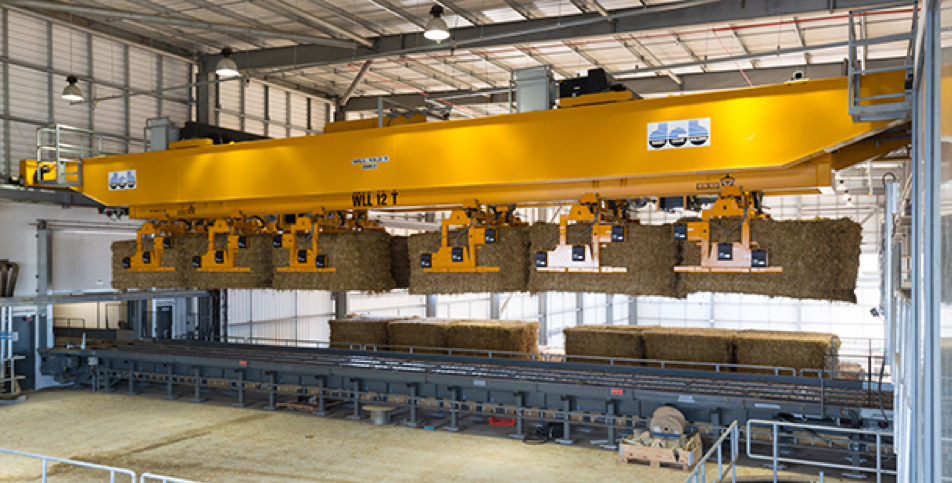

CHP Sleaford Renewable Energy Plant
In December 2011, the specialized investment fund Glennmont Partners decided to finance the construction of the CHP Sleaford Renewable Energy Plant on the straw with a capacity of 38 MW and 168 million pounds cost. The overall management of the plant was carried out by Natural Power. Eco2 specialists managed the fuel supply, and BWSC was responsible for equipment supply, operation, and maintenance. The power plant started operating in 2014. The station employs 30 people, and another 50 people are involved in the supply of fuel. Annually, the plant burns 240,000 tons of straw (approximately 55 bales per hour), which is supplied from farms within a radius of 50 kilometers. Excess heat at the CHP is supplied free of charge and used for heating of the public swimming pool, bowling alley, football center, primary school, and the district council office.
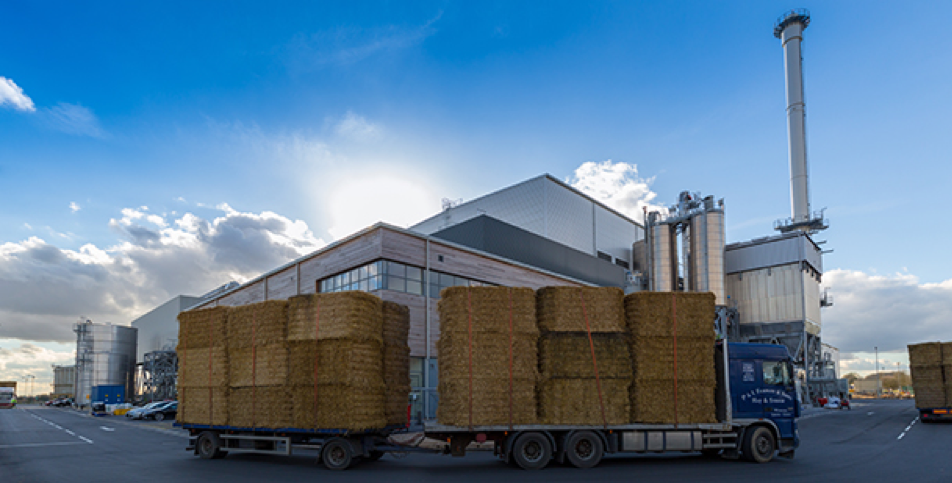

Straw power plants using similar technology from the Danish company BWSC
Two more straw power plants were built using similar technology from the Danish company BWSC. The first CHP Brigg Renewable Energy Plant with 40 MW capacity started operating in January 2016, and the second Snetterton Renewable Energy Plant with 44 MW capacity started operating in September 2017. The construction period of both stations was about 2.5 years. The project was developed by BWSC East Anglia (BEAL), which brought together a partnership of key renewable energy experts to design, build, and manage the project. The joint ventures are owned by the Scandinavian contractor Burmeister & Wain (A/S BWSC) and the Danish Infrastructure Fund (K/S Copenhagen Infrastructure Partners). Contract with BWSC is for construction and operation. The main fuel supplier, the Worldwide Farming Partnership, is committed to supplying at least 50,000 tons of straw, which is about 20% of total needs. The rest of the fuel is purchased from local farms.
Find more information in our position papers, in particular, UABIO Position Paper 24 “Agricultural residues for energy. What you should know about organizational and technical solutions”.
